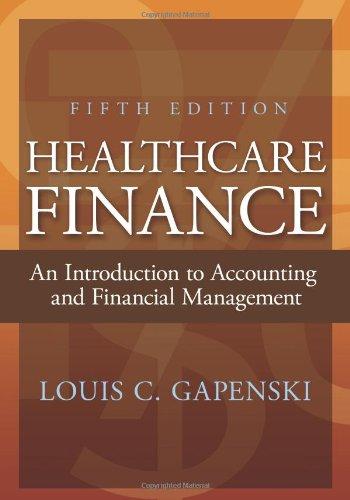The payback method helps firms establish and identify a maximum acceptable payback period that helps in their capital budgeting decisions. Consider the case of Cute Camel Woodcraft Company: 1 Cute Camel Woodcraft Company is a small firm, and several of its managers are worried about how soon the firm will be able to recover its initial investment from Project Sigma's expected future cash flows. To answer this question, Cute Camel's CFO has asked that you compute the project's payback period using the following expected net cash flows and assuming that the cash flows are received evenly throughout each year. Complete the following table and compute the project's conventional payback period. For full credit, complete the entire table. Note: Round the conventional payback period to two decimal places. Year o Year 1 Year 2 Year 3 -5,500,000 $2,200,000 $4,675,000 Expected cash flow Cumulative cash flow $1,925,000 Conventional payback period: The conventional payback period ignores the time value of money, and this concerns Cute Camel's CFO. He has now asked you to compute Sigma's discounted payback period, assuming the company has a 7% cost of capital. Complete the following table and perform any necessary calculations. Round the discounted cash flow values to the nearest whole dollar, and the discounted payback period to the nearest two decimal places. For full credit, complete the entire table. Year 3 Year o -5,500,000 Year 1 $2,200,000 Year 2 $4,675,000 $1,925,000 Cash flow Discounted cash flow Gutie discounted cash flow The conventional payback period ignores the time value of money, and this concerns Cute Camel's CFO. He has now asked you to compute Sigma's discounted payback period, assuming the company has a 7% cost of capital. Complete the following table and perform any necessary calculations. Round the discounted cash flow values to the nearest whole dollar, and the discounted payback period to the nearest two decimal places. For full credit, complete the entire table. Year 1 Year 3 Year 0 -5,500,000 Year 2 $4,675,000 $2,200,000 $1,925,000 Cash flow Discounted cash flow Cumulative discounted cash flow Discounted payback period: Which version of a project's payback period should the CFO use when evaluating Project Sigma, given its theoretical superiority? The discounted payback period The regular payback period One theoretical disadvantage of both payback methods---compared to the net present value method is that they fail to consider the value of the cash flows beyond the point in time equal to the payback period. How much value does the discounted payback period method fail to recognize due to this theoretical deficiency? $3,627,448 O $5,654,699 $1,571,373 $2,210,774 What information does the payback period provide? Suppose Omni Consumer Products's CFO is evaluating a project with the following cash inflows. She does not know the project's initial cost; however, she does know that the project's regular payback period is 2.5 years. If the project's weighted average cost of capital (WACC) is 7%, what is its NPV? Year Year 1 Year 2 Cash Flow $325,000 $500,000 $425,000 $500,000 $474,465 $431,332 $452,899 $409,765 Year 3 Year 4 Which of the following statements indicate a disadvantage of using the discounted payback period for capital budgeting decisions? Check all that apply. The discounted payback period does not take the time value of money into account. The discounted payback period does not take the project's entire life into account. The discounted payback period is calculated using net income instead of cash flows









